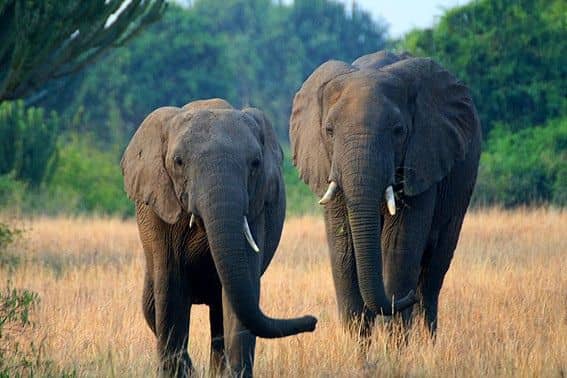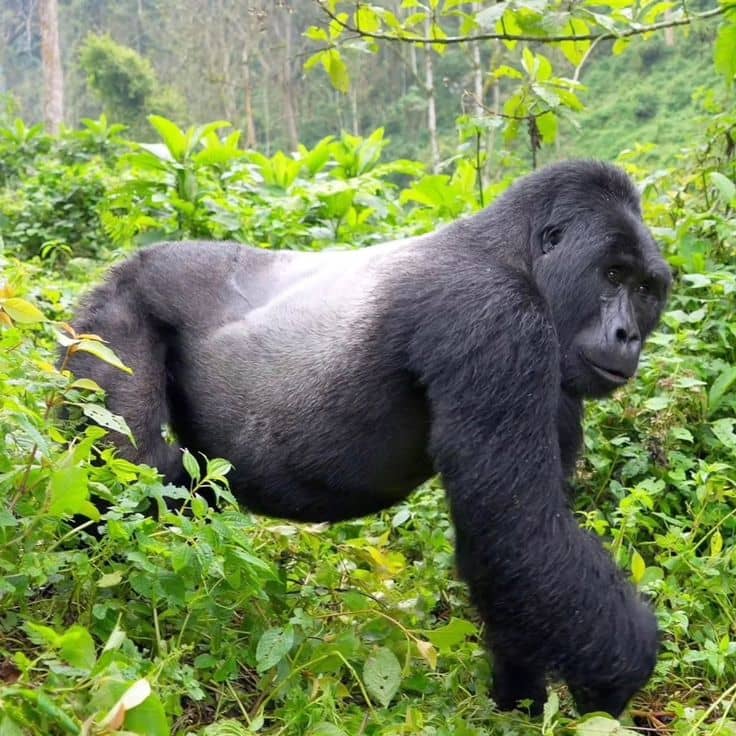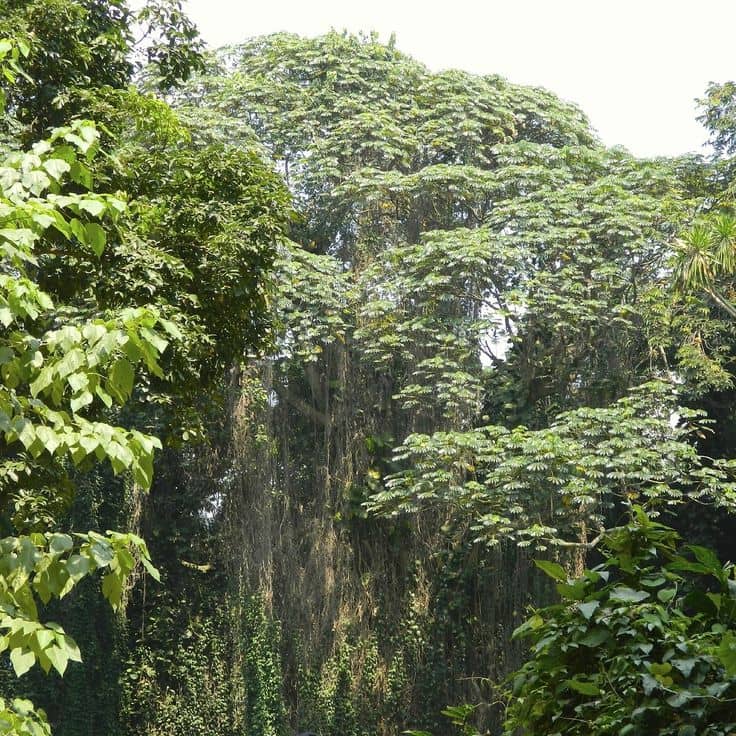Queen Elizabeth National Park Wildlife

Home to nearly 100 mammal species and over 600 bird species, Queen Elizabeth National Park wildlife offers one of East Africa’s most diverse safari experiences. Spanning nearly 2,000 square kilometers of savanna, forests, and crater lakes, this Ugandan gem provides incredible opportunities to see everything from tree-climbing lions to massive elephant herds. Whether you’re a first-time safari-goer or a seasoned wildlife enthusiast, exploring Queen Elizabeth National Park wildlife should be at the top of your Uganda itinerary.
Why Queen Elizabeth National Park Wildlife Stands Out
This UNESCO Biosphere Reserve boasts:
Four distinct ecosystems supporting varied wildlife
The famous tree-climbing lions of Ishasha sector
The highest biodiversity of any African savanna park
Boat safaris along the Kazinga Channel
Affordable safari experiences compared to neighboring countries
Iconic Queen Elizabeth National Park Wildlife Encounters
1. The Big Five and Beyond
While not technically a Big Five destination (no rhinos), the park offers:
-
Lions (including unique tree-climbing populations)
-
Leopards (best spotted during night drives)
-
Elephants (large herds in Kasenyi plains)
-
Buffalo (massive groups numbering hundreds)
-
Hippos (densest population in Africa along Kazinga Channel)
2. Primates of Kyambura Gorge
Add these special sightings to your Queen Elizabeth National Park wildlife checklist:
-
Chimpanzees (in Kyambura’s “Valley of Apes”)
-
Red-tailed monkeys
-
Black-and-white colobus monkeys
-
Olive baboons
3. Avian Wonders
Birders will delight in spotting:
-
Shoebill storks (in Ishasha wetlands)
-
African skimmers
-
Pied kingfishers
-
Martial eagles
-
Over 600 total species (recorded in the park)
Best Areas for Queen Elizabeth National Park Wildlife Viewing
1. Kasenyi Plains
-
Best for: Lion sightings and large herbivores
-
Key species: Lions, elephants, Uganda kob (lion prey)
-
Activity: Morning game drives
2. Ishasha Sector
-
Best for: Unique tree-climbing lions
-
Key species: Lions in fig trees, topi, buffalo
-
Activity: Afternoon game drives
3. Kazinga Channel
-
Best for: Boat-based wildlife viewing
-
Key species: Hippos, crocodiles, water birds
-
Activity: 2-hour boat safaris
4. Kyambura Gorge
-
Best for: Chimpanzee tracking
-
Key species: Chimps, monkeys, forest birds
-
Activity: Guided primate walks
Seasonal Guide to Queen Elizabeth National Park Wildlife
Dry Seasons (June-August & December-February)
-
Pros: Animals gather at water sources
-
Best for: General wildlife viewing
-
Temperatures: Warm days, cool nights
Wet Seasons (March-May & September-November)
-
Pros: Lush scenery, fewer tourists
-
Best for: Birdwatching, photography
-
Considerations: Some roads may be challenging
Top Activities to Experience the Wildlife
-
Game Drives (Spot lions hunting Uganda kob)
-
Boat Safaris (See hippos and elephants from the water)
-
Chimpanzee Trekking (In Kyambura Gorge)
-
Birdwatching Walks (In Mweya Peninsula)
-
Night Game Drives (Spot nocturnal species)
Where to Stay for Optimal Wildlife Viewing
Budget Options ($30-$100)
-
Simba Safari Camp (Great views, basic amenities)
-
Pumba Safari Cottages (Cozy and affordable)
Mid-Range ($100-$300)
-
Ishasha Jungle Lodge (Perfect for tree-climbing lions)
-
Kyambura Gorge Lodge (Ideal for chimp enthusiasts)
Luxury ($300+)
-
Mweya Safari Lodge (Premium location on peninsula)
-
Elephant Plains Lodge (Exclusive luxury experience)
Photographing Queen Elizabeth National Park Wildlife
Pro Tips:
-
Use 300mm+ lens for predators
-
Morning light best for lions
-
Polarizing filter for water shots
-
Fast shutter for birds in flight
-
Low angle for hippo portraits
Conservation Efforts Protecting the Wildlife
Your visit supports:
-
Uganda Carnivore Program (monitoring lions)
-
Community conservation initiatives
-
Anti-poaching patrols
-
Habitat restoration projects
Sample 3-Day Queen Elizabeth National Park Wildlife Itinerary
Day 1:
-
Morning game drive in Kasenyi
-
Afternoon boat cruise
-
Sunset at Mweya
Day 2:
-
Full day Ishasha sector exploration
-
Search for tree-climbing lions
-
Night drive (seasonal)
Day 3:
-
Morning chimp trekking
-
Afternoon birdwatching walk
-
Departure
Essential Tips for Wildlife Viewing
-
Dawn is prime time for predator activity
-
Pack patience – wildlife appears on its schedule
-
Listen to guides – they know animal behaviors
-
Bring binoculars – essential for full enjoyment
-
Respect distances – use zoom lenses rather than approaching
Combining Your Visit with Other Uganda Highlights
Enhance your trip with:
-
Bwindi (gorilla trekking, 4-5 hours south)
-
Kibale (chimpanzee tracking, 3 hours east)
-
Lake Mburo (zebra viewing, 5 hours east)
Final Thoughts: A Wildlife Lover’s Paradise
The incredible diversity of Queen Elizabeth National Park wildlife makes it Uganda’s premier safari destination. From the dramatic sight of lions lounging in ancient fig trees to the thunderous splashes of hippos along the Kazinga Channel, every moment here brings new wildlife wonders. Whether you have three days or a week to explore, the park’s varied ecosystems promise unforgettable encounters with Africa’s most iconic species.
Ready to witness Uganda’s wild heart? Queen Elizabeth National Park wildlife awaits your discovery.










